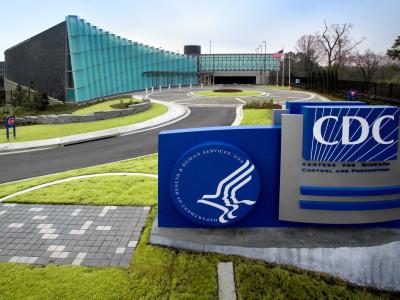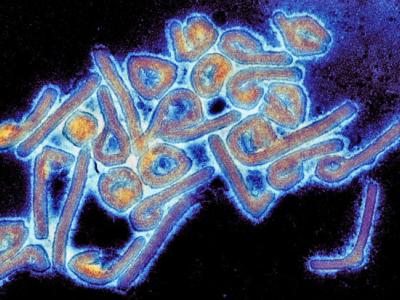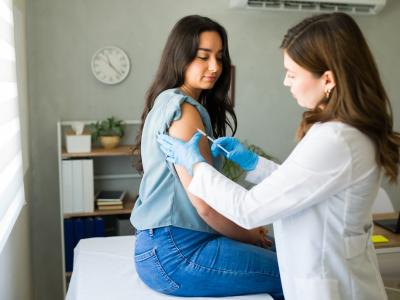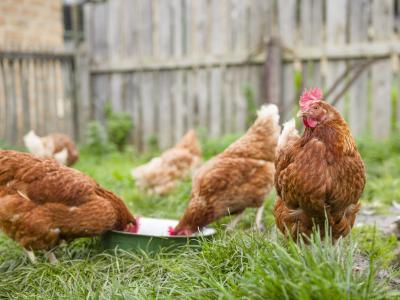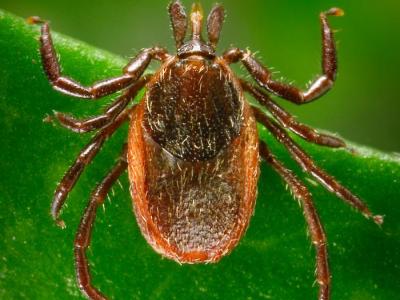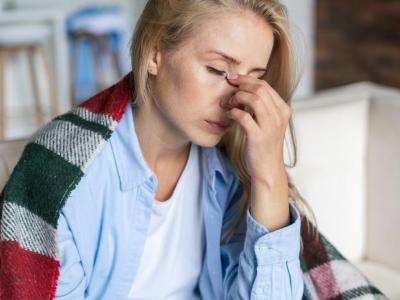Diaphragm dysfunction found in patients who died of COVID-19
A research letter published yesterday in JAMA Internal Medicine shows that patients who died of COVID-19 in the Netherlands were more than twice as likely to have scarring of their diaphragms than patients who died of other causes.
A research team led by Amsterdam University Medical Center compared diaphragm specimens from 26 patients who died of coronavirus with those of 8 patients who died of other causes at three academic medical centers in April and May. Weakness of the diaphragm, the main muscle responsible for breathing, can result in acute respiratory failure, prolong mechanical ventilation, and raise the risk of death.
The researchers found elevated expression of genes involved in fibrosis, or scarring, and evidence of fibrosis in the diaphragms of patients who died of COVID-19. The diaphragms of patients who died of other causes—even those who had undergone similar-length mechanical ventilation and intensive care unit stays—were half as likely to have such signs.
Angiotensin-converting enzyme 2 (ACE-2), which allows the coronavirus to enter diaphragm muscle fibers, was found in the diaphragms of both COVID-19 and control patients. Four of 26 coronavirus patients (15.4%) had evidence of viral RNA from SARS-CoV-2, the virus that causes COVID-19, in their diaphragm muscle fibers.
Compared with controls, patients with COVID-19 had a higher body mass index and were less likely to be given steroids. No patients in either group had neuromuscular disease on hospital admission. Median COVID-19 patient age was 71 years, 21 were men, and 24 received mechanical ventilation for a median of 12 days.
The authors said that it is unclear whether the abnormal diaphragm findings in COVID-19 patients are a direct result of infection or whether viral pneumonia (found in only 3 [37.5%] of patients without COVID-19) weakens the diaphragm muscles.
But they propose that severe coronavirus-related diaphragm muscle wasting may lead to diaphragm weakness and contribute to problems weaning patients from mechanical ventilation, chronic shortness of breath, and fatigue in survivors.
Nov 16 JAMA Intern Med research letter
Scientists find that SARS-CoV-2 does not replicate, cause disease in poultry
A US Department of Agriculture study yesterday in Emerging Infectious Diseases demonstrated a lack of SARS-CoV-2 susceptibility in poultry. Researchers exposed poultry species to both SARS-CoV-2, the virus that causes COVID-19, and to Middle East respiratory syndrome coronavirus (MERS-CoV), finding no disease, virus replication, or serum antibodies—and suggesting that poultry are unlikely to serve as vectors for the diseases.
SARS-CoV-2 and MERS-CoV are genetically similar to bat betacoronaviruses, and both appear to be zoonotic—passing from animals to people. Dromedary camels are thought to be the intermediary host for MERS-CoV, but the animal host for SARS-CoV-2 has yet to be definitively identified.
Poultry are widespread, have close contact with people, and are a significant contributor to worldwide food supply, leading to concerns of susceptibility to coronaviruses and a possible role in the transmission of SARS-CoV-2.
The researchers challenged 10 birds each of five poultry species—chickens, turkeys, Pekin ducks, Japanese quail, and white Chinese geese—with exposure to SARS-CoV-2 and MERS-CoV, testing for the viruses with reverse-transcription polymerase chain reaction (RT-PCR) at 2, 4, 7, and 14 days post-exposure. No clinical signs of the diseases were detected in any species, no viruses were detected via RT-PCR, and no antibodies to either virus were found in blood serum samples on day 14.
Chicken eggs with embryos were also tested for the ability to support viral replication, and no virus was recovered.
Nov 16 Emerg Infect Dis research letter
Study shows cross-neutralizing antibodies in recovering COVID patients
Patients recovering from severe COVID-19 infections show a strong neutralizing antibody response, with some people producing cross-neutralizing antibodies that are capable of neutralizing other types of coronaviruses, a study yesterday in Nature Microbiology reported.
Patients with severe disease had a higher frequency of circulating immune cells called T follicular helper (TFH) cells specific to SARS-CoV-2 spike proteins—surface molecules that allow the virus to bind to and penetrate host cells.
The researchers analyzed sera from 67 patients who were hospitalized for COVID-19 from Jan 23 to Mar 2 in Hunan, China—17 of whom were categorized as having severe disease. Blood serum collected on day 28 after discharge (44 to 52 days after symptom onset) was tested for immunoglobulin (Ig) G antibody binding against SARS-CoV-2, SARS-CoV—the virus that causes severe acute respiratory syndrome, or SARS—and MERS-CoV using enzyme-linked immunosorbent assay (ELISA).
All 67 patient sera samples contained neutralizing IgG antibodies for the S1 (median titer 4.61, interquartile range [IQR], 4.01 to 4.61) and S2 (median titer 4.91, IQR, 4.61 to 5.52) SARS-CoV-2 spike proteins. Patients with severe disease had higher levels of S1 and S2 antibodies, and neutralizing antibody titers were correlated with greater severity of disease (odds ratio [OR], 5.04; 95% confidence interval [CI], 1,003 to 25.30).
The severe group also showed a higher frequency of TFH cells compared with the non-severe group (P = 0.0006), suggesting a positive correlation with neutralizing antibody response in these patients. The authors conclude that TFH cells play a role in the initiation or maintenance of neutralizing antibody responses.
Antibodies from recovered COVID-19 patients efficiently neutralized SARS-CoV-2, but were less effective for the other viruses. For MERS-CoV, no binding was detected for the S1 spike protein, but 73.13% (49 of 67) of patient sera bound to S2 spike proteins, suggesting that COVID-19 survivors produce antibodies with cross-binding activity for both SARS-CoV-2 and MERS-CoV.
"The existence of cross-neutralizing antibodies in COVID-19-convalescent individuals provides the possibility to isolate broad neutralizing antibodies and to design pan-coronavirus vaccines," the authors noted.
Nov 16 Nat Microbiol study
